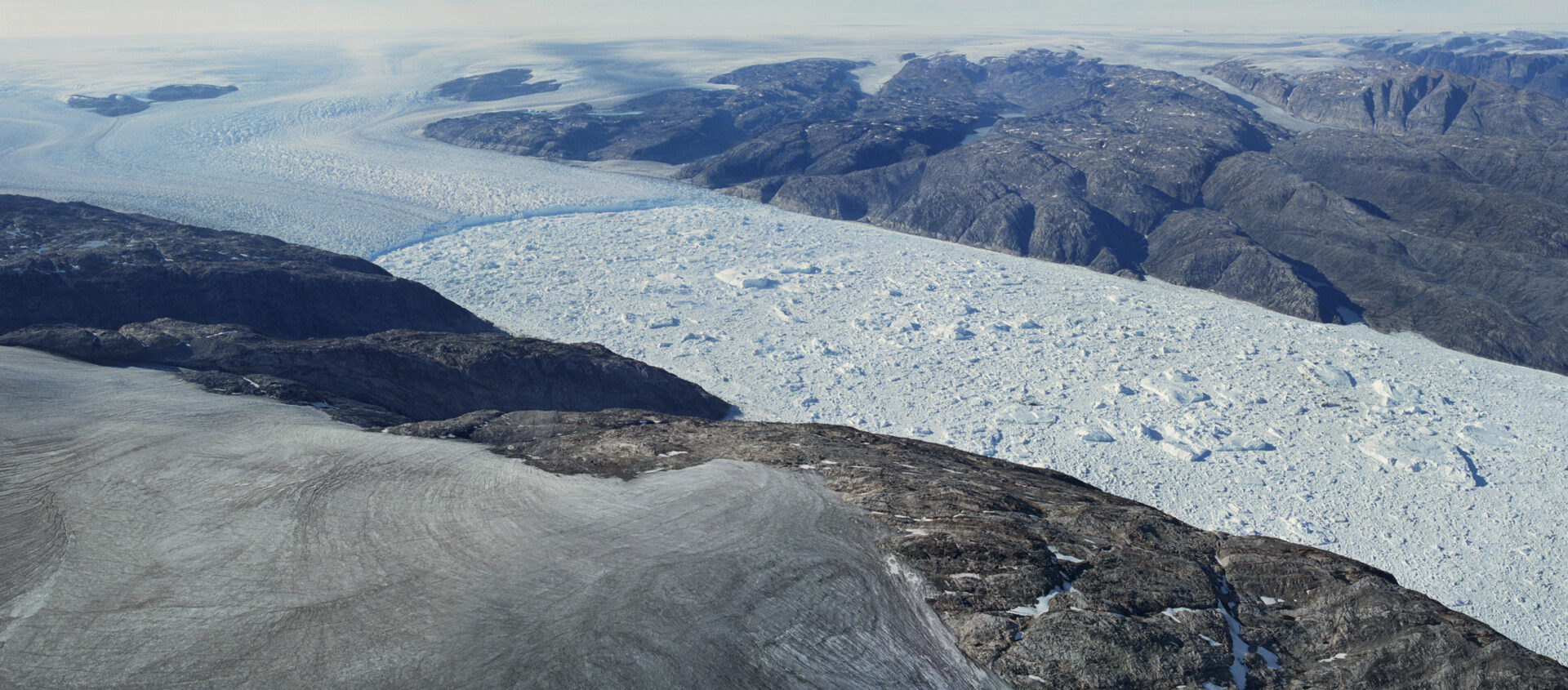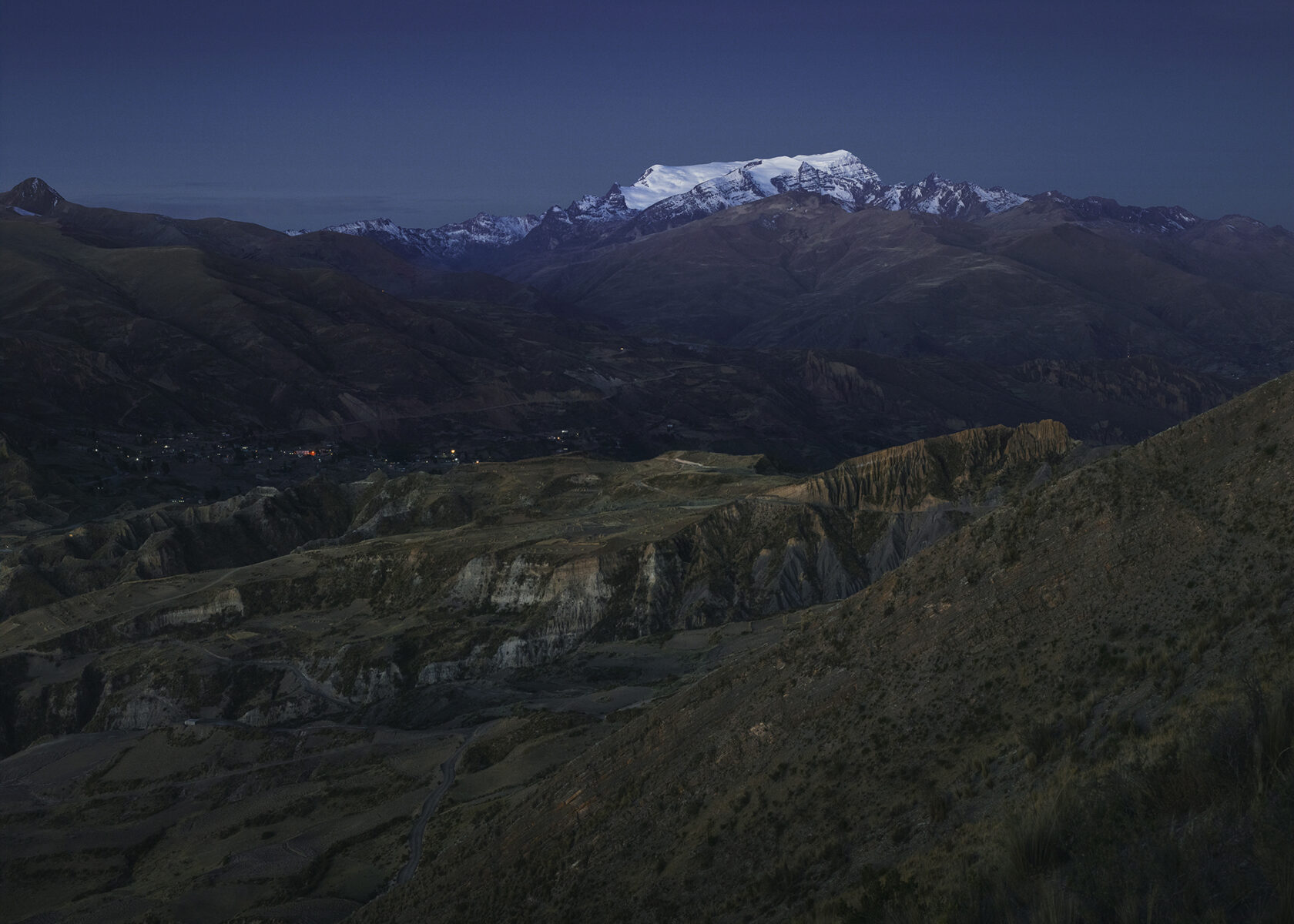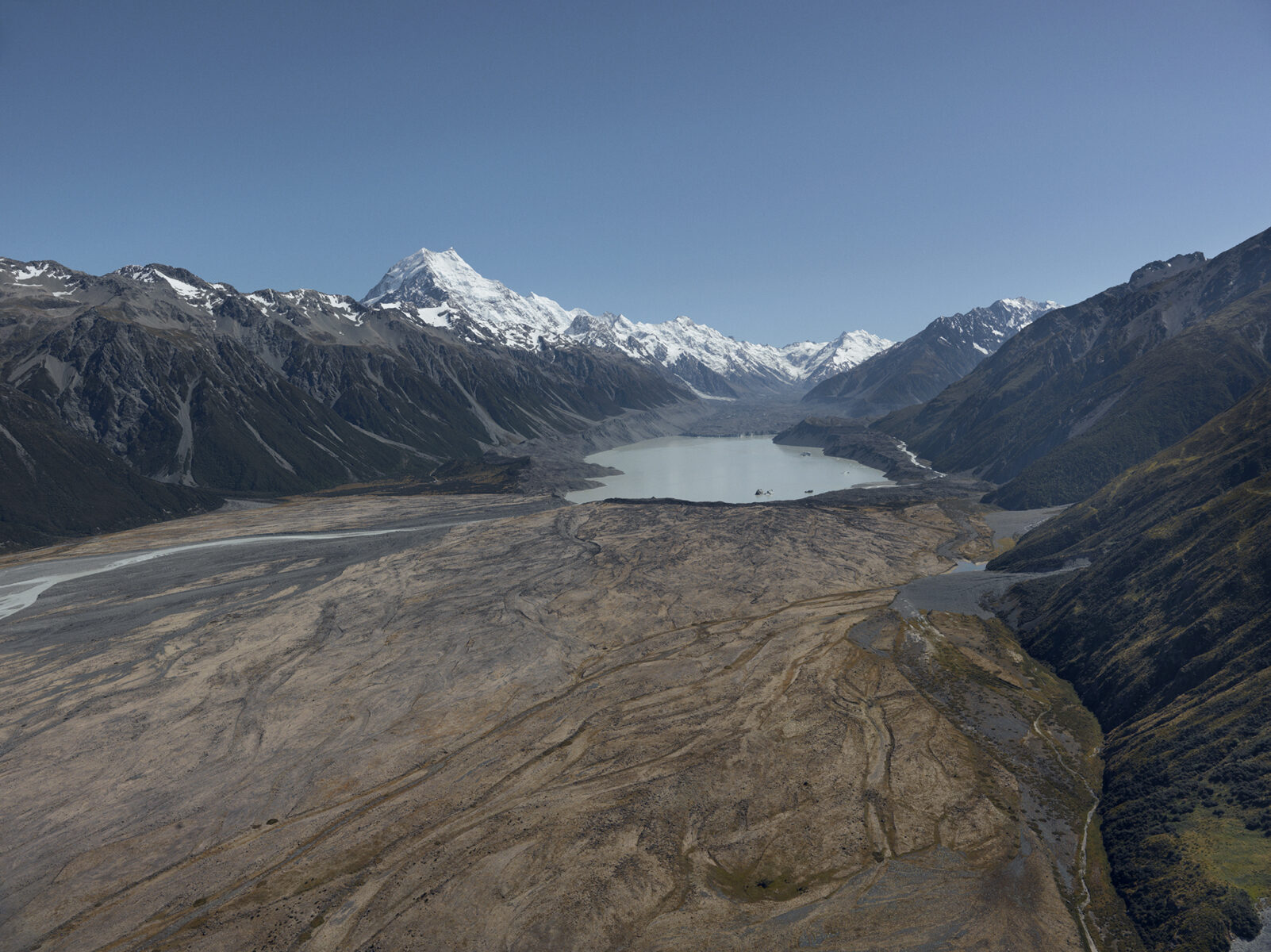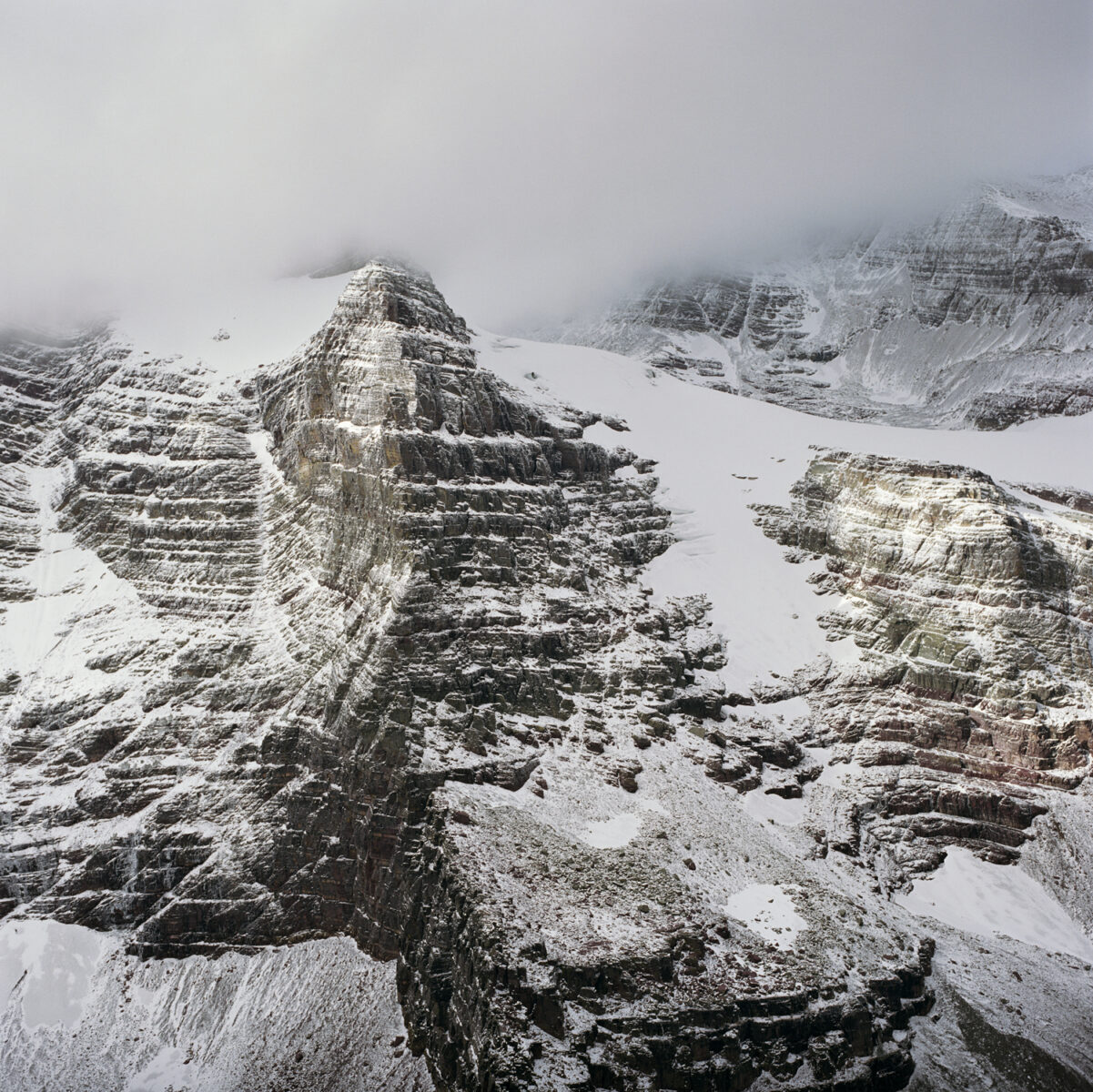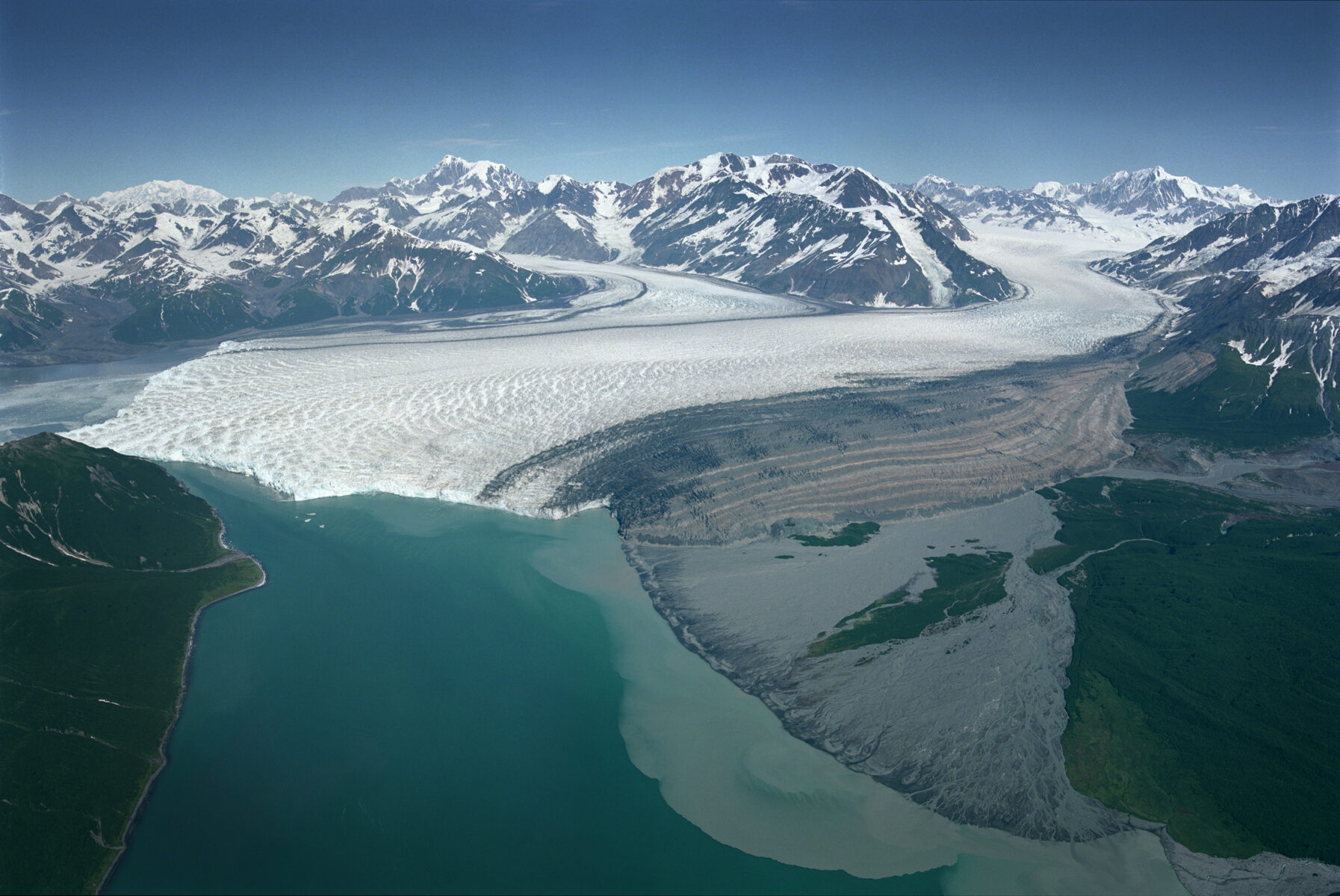Global Glacier Survey
It sounds like a crazy mission, and it was and still is. For two decades, Thymann has conducted ongoing glacier surveys and documentation to bring back data from some of the white spots on the map.


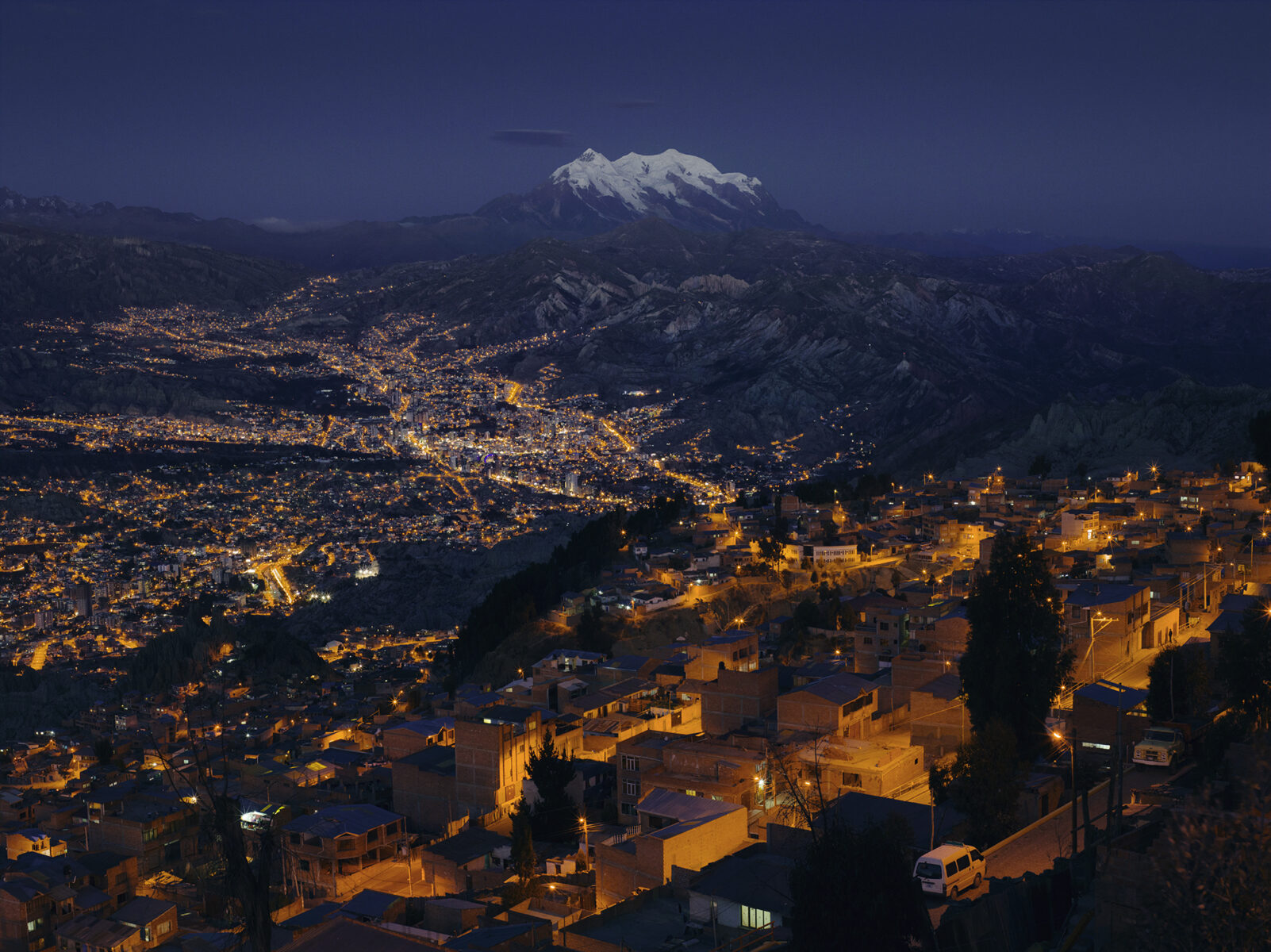

The white spots on the map refer to mapping at the time Earth’s map was incomplete; the unmapped area was left white. However, from an information perspective, there are still many white spots on the map when we consider the cryosphere- the parts of Earth’s surface where water is frozen.
Thymann seeks out ways to fill these knowledge gaps. He has conducted more than 30 expeditions across six continents, devised new trekking routes, climbed new paths, and deployed new technology to achieve goals and objectives to study the Earth’s glaciers and what they reveal about climate change.
In Nepal, Thymann hiked deep up a mountain valley to document unnamed glaciers, has used historic photographs to reveal the extent of glacier retreat in Greenland and surveyed numerous equatorial mountains with disappearing ice in South America and Africa.
Glaciers are a clear visual reminder that we know that a climate crisis is happening. Yet, governments, industry, and still too many people do not understand that we are witnessing environmental collapse on a planetary scale. It is a meltdown happening in slow-motion, at glacial speed, causing us to underestimate the extreme urgency of the need for preventative action.
As key indicators of climate change, glaciers are crucial for understanding past, present and future climate trends. Glaciers and ice sheets cover about ten percent of all land, with Antarctica and Greenland contributing the most. The cryosphere is an integral part of the global climate system with important linkages to surface energy, moisture fluxes, clouds, precipitation, hydrology, atmospheric circulation and oceanic circulation. Through these feedback processes, the cryosphere plays a significant role in the global climate and climate model responses to global changes.
Glacier mass loss can be attributed to global warming. Today, nearly all glaciers are retreating, and some are disappearing, with dire consequences for numerous ecosystems. Glacier recession uncovers land, forms glacial lakes, changes landscapes, and moves territorial borders. Increasing meltwater leads to sea level rise, which in turn causes coastal erosion. Carbon, formerly stored in the ice, is released into the atmosphere and the oceans. Ice sheets can be more than 100,000 years old. More and more, the melt releases ancient objects lost to the glacier. The amount of glacier loss can be measured by various scientific methods. Comparative photographs illustrate the change.
We are already seeing other negative consequences of climate change in weather patterns as extreme events increase in both frequency and magnitude. Glaciers are an important component in the water cycle and affect the volume, variability and water quality of runoff in areas where they occur. Communities and farmers around the world depend on the regular annual meltwater. Lives and livelihoods are affected as the melt pattern changes, dries up, or floods.
In 2008, Thymann founded Project Pressure with a mission to visualize the climate crisis and use art to inspire positive action and behavioural change. Artworks have examined vanishing glaciers through multiple mediums to demonstrate the impact of the climate crisis. Project Pressure has positioned itself as the art and science communication branch of the environmental movement. Under Thymann’s leadership, Project Pressure has pioneered innovative technological strategies and forged partnerships with the World Glacier Monitoring Service and NASA. In 2011, Project Pressure was recognized as an official contributor to the Global Terrestrial Network for Glaciers. Further recognition has come in the form of funding from prestigious benefactors, including the Queen of Denmark, the Danish Embassy, the Government of Switzerland, United Nations, the Lighthouse Foundation, Getty Images and Arts Council England.
